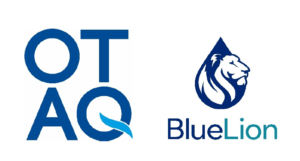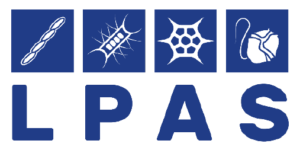Revolutionising aquaculture safety
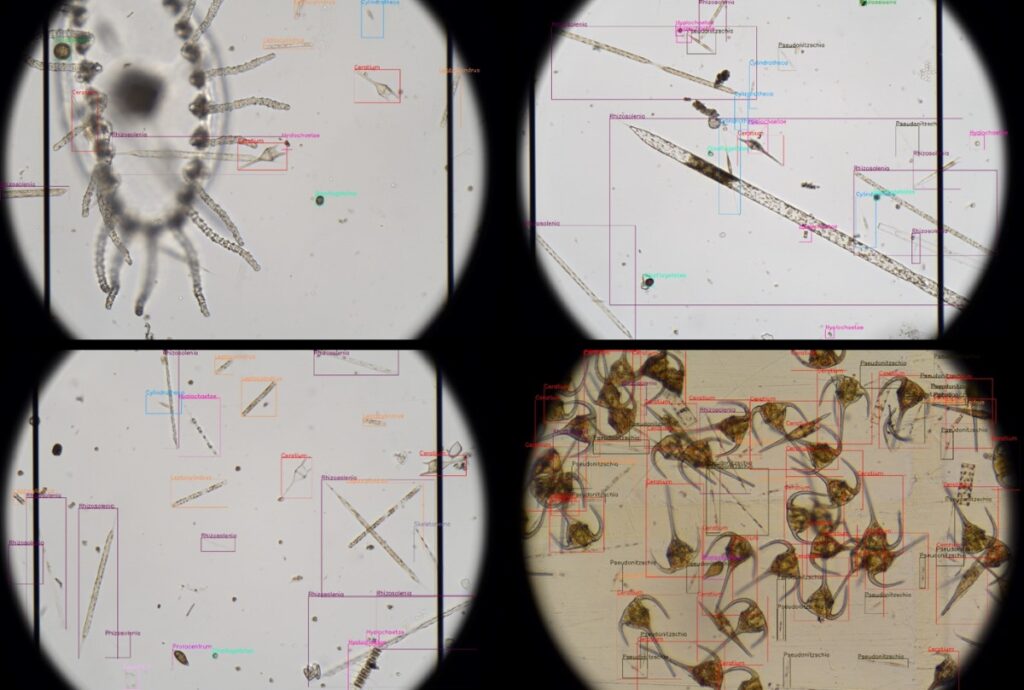
OTAQ introduces LPAS to combat harmful algae blooms: a game-changer in aquaculture monitoring
Within the aquaculture industry there are increasingly frequent reports of Harmful Algal Blooms (HABS) being responsible for devastating fish kill events, in some cases with a single event wiping out an entire farm’s stock. In order to mitigate this, farms have been forced to perform routine, daily monitoring to provide them with the greatest amount of time to react and reduce damaging effects.
Challenges in current monitoring strategies
Current strategies are not without their challenges, however. Monitoring of algae is a very time-consuming process, taking up valuable time of team members which could be spent on other vital duties. Furthermore, the identification of microscopic algae can be incredibly difficult, even for trained experts. Team members performing algal monitoring duties are typically not trained microbiologists, so misidentifications, errors, and biases are often introduced in the monitoring process, reducing its efficacy. Lastly, as HABs are a challenge typically being tackled alone, by individual farms or companies, there is little standardisation across the industry with regard to monitoring techniques and target harmful algal groups.
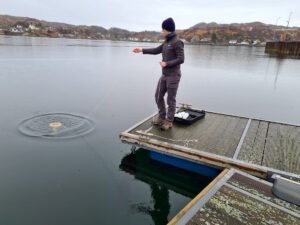
Standard water sample collection
The development of LPAS: an innovative solution
Since 2021, OTAQ have been working on the development of LPAS (Live Plankton Analysis System), an automated algal identification system that incorporates artificial intelligence to identify and quantify complex groups of microscopic algae that are harmful to aquaculture. OTAQ has been working closely with Canadian machine learning and algae specialists Blue Lion to develop the technology, with support from the Sustainable Aquaculture Innovation Centre (SAIC), CENSIS – Scotland’s Innovation Centre for sensing, imaging and Internet of Things (IoT) technologies – and the University of Aberdeen.
Global industry collaboration
In order to develop LPAS ready for launch into marine farm environment use, OTAQ undertook a comprehensive global image collection program incorporating multiple collection microscope systems spread around the globe in key salmon farming sites. With over 20 aquaculture market collaborators including industry bodies, academia and farmers in Scotland, Ireland, Chile, Norway, Canada, Australia and New Zealand, over 80,000 live images have been gathered to capture necessary volumes of representative data on target harmful algae. The AI model within the LPAS has been trained using these images to ensure accurate and consistent identification and quantification.
Continuing from this image collection program for the AI training, OTAQ also undertook a comprehensive Beta testing phase, building 20 LPAS Beta units and deploying them at live collaborator sites during peak algae seasons to gather extensive testing results and feedback on the product and AI performance.
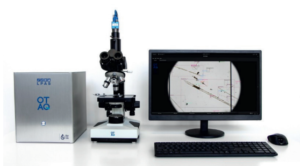
LPAS on-site hardware set-up
LPAS: integration and functionality
Based on insights gathered from the close collaboration with industry stakeholders, LPAS has been purposely designed from the ground up for deployment and utilisation within marine farm environments. With careful consideration of current industry practices and environmental factors, LPAS provides a practical on-site solution that very easily integrates with existing farm infrastructure and testing procedures.
This innovative system not only streamlines on-site operations, reducing time commitments for team members, but also enhances the accuracy and confidence in identifying and quantifying harmful algal species. Furthermore, LPAS provides a means of standardising the monitoring of a global risk across the aquaculture industry.
Now ready for market, LPAS offers a comprehensive array of features and benefits tailored to meet the needs of marine farmers:
• Automatic, accurate detection of 15 target harmful algae groups, with ongoing training to expand this list based on collected phytoplankton images.
• As well as identification, LPAS provides counts and calculations of the concentration of each of these groups. All results are captured and logged within the LPAS analysis and user interface software.
• The LPAS software records and presents the collected phytoplankton results for analysis and comparison with historical trends.
• Customisable alert thresholds, enabling each user to set their own alert thresholds based on the concentrations of particular algal groups and whether an acceptable level has been exceeded.
• High-resolution images of the collected water samples are recorded and clearly presented for both AI and manual analysis.
• Integrated phytoplankton identification guide and measurement tools assist the operator with the identification of all phytoplankton, including algae groups not currently in the AI model.
• Secure access to the results, history and images, both locally and via a cloud portal.
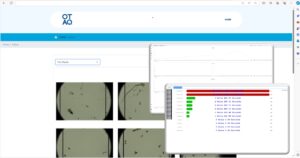
LPAS Local & Cloud user interface
Conclusion: LPAS – transforming aquaculture safety
OTAQ believes LPAS provides an extremely valuable tool for farmers to combat the rising threat of Harmful Algae Blooms. By integrating specialized AI technology to automate the identification and quantification of harmful algae and streamline monitoring processes, LPAS saves time, enhances accuracy and frequency, and will assist in standardising practices across the industry. LPAS marks a significant advancement in safeguarding aquaculture against devastating HAB events.
LPAS has been shortlisted for the coveted Aquaculture Award for Innovation at the Aquaculture Awards 2024 event on 15 May in Aviemore, Scotland.
For more detailed information on LPAS, please contact OTAQ at info@otaq.com

